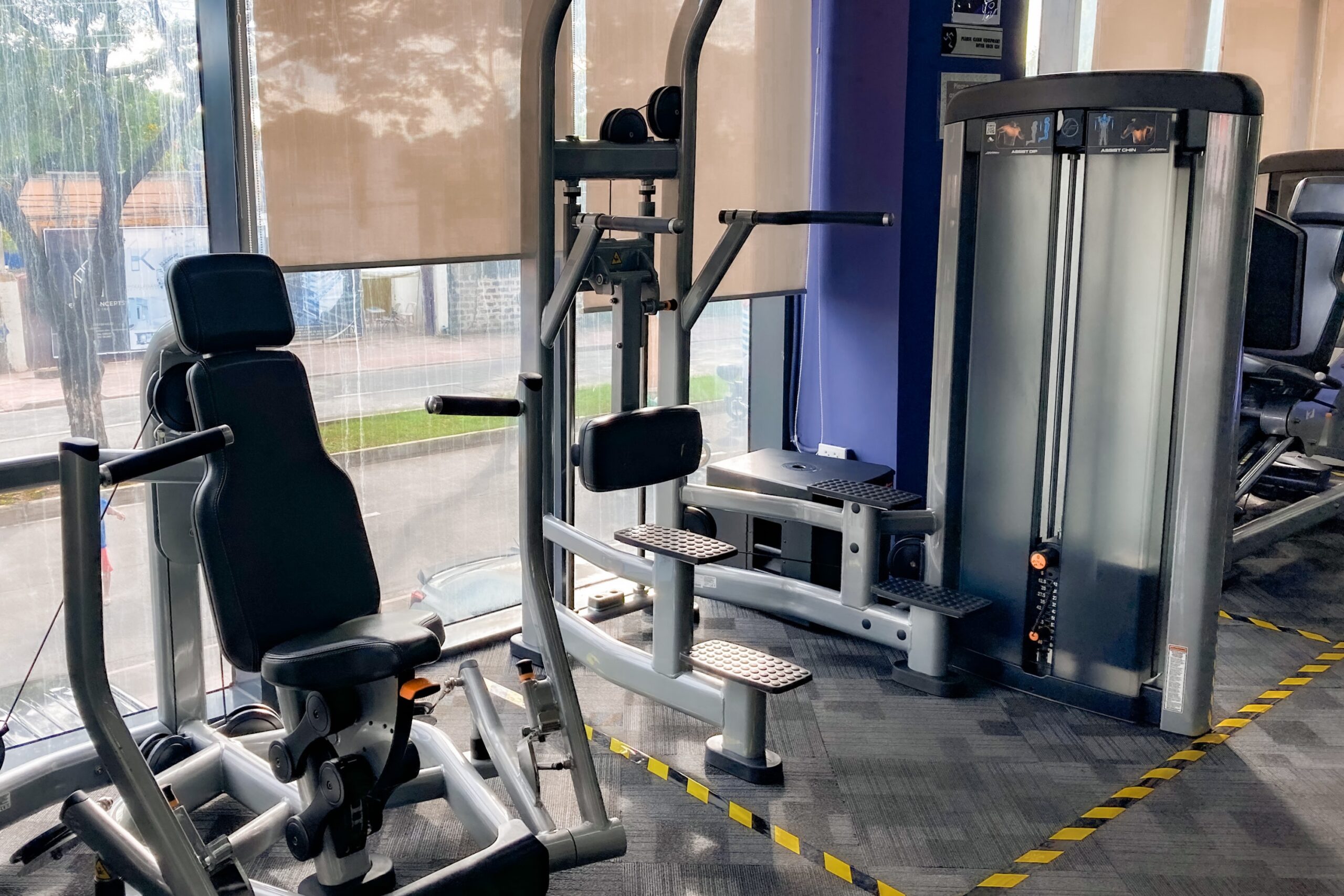When it comes to moving exercise equipment, whether you are relocating to a new home or simply rearranging your current space, it is important to know how to safely transport these heavy items. Exercise equipment can be bulky, heavy, and awkward to move, which can pose a risk of injury or damage if not handled properly. Navigate to this website to find the most dependable moving company that contributes significantly by offering a variety of services associated with house moving and simplifying the overall moving procedure.
In this article, we will provide you with some tips and guidelines on how to safely move your exercise equipment.
1. Assess the Equipment
Before moving any exercise equipment, it is important to assess its size, weight, and shape. This will help you determine the best method for moving it and whether you may need additional assistance. Take measurements of the equipment and consider any disassembly that may be required. Some equipment, such as treadmills or weight benches, may need to be taken apart before it can be safely transported.
2. Prepare the Equipment
Once you have assessed the equipment, it is important to prepare it for the move. This can include cleaning the equipment, removing any loose or detachable parts, and securing any moving parts. For example, if you are moving a stationary bike, you may want to secure the pedals or handlebars to prevent them from moving during transportation.
3. Gather the Right Tools and Equipment
Moving heavy exercise equipment requires the right tools and equipment to ensure a safe and smooth process. Some essential tools and equipment you may need include:
4. Enlist Help
Moving heavy exercise equipment is not a one-person job. It is important to enlist the help of others to ensure a safe and efficient move. Ask friends or family members for assistance, or consider hiring professional movers who have experience handling heavy items. Having extra hands can make the moving process much easier and reduce the risk of injury.
5. Plan the Route
Before you start moving the equipment, plan the route you will take to transport it. Clear any obstacles or tripping hazards along the way, and measure doorways or narrow spaces to ensure the equipment will fit through. If necessary, remove doors or hinges to create more space. Taking the time to plan the route can help prevent accidents or damage to the equipment and your surroundings.
6. Lift with Proper Technique
When it comes to lifting heavy items, using proper technique is crucial to preventing injury. Bend your knees, keep your back straight, and use your leg muscles to lift the equipment. Avoid twisting your body while carrying heavy items, and take breaks if needed. If the equipment is too heavy to lift safely, use a dolly or hand truck to transport it.
7. Secure the Equipment in the Vehicle
Once you have successfully moved the equipment to the vehicle, it is important to secure it properly. Use furniture straps or bungee cords to prevent the equipment from shifting during transportation. Place heavy items on the bottom and lighter items on top to maintain stability. If necessary, use blankets or padding to fill any gaps and prevent movement.
8. Unload with Care
When you reach your destination, take care when unloading the equipment. Use proper lifting techniques and take your time to avoid accidents or damage. If you are unsure, consider hiring professional movers to assist with unloading and placement of the equipment.
Conclusion
Moving exercise equipment can be a challenging task, but with proper planning and the right tools, it can be done safely and efficiently. Remember to assess the equipment, prepare it for the move, gather the necessary tools and equipment, enlist help, plan the route, lift with proper technique, secure the equipment in the vehicle, and unload with care. By following these guidelines, you can ensure a successful and stress-free move for your exercise equipment.
